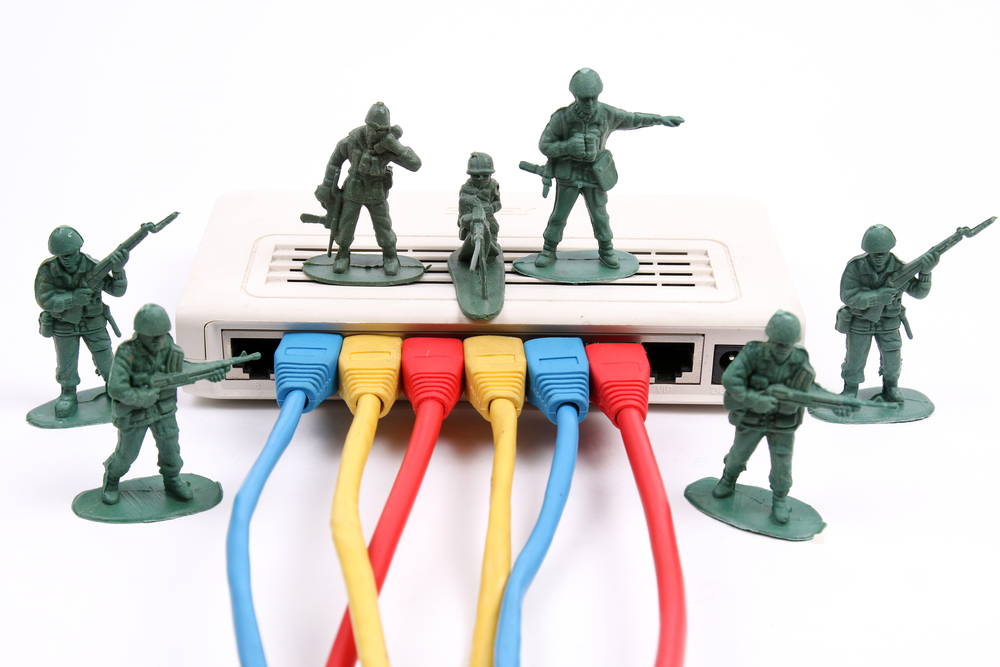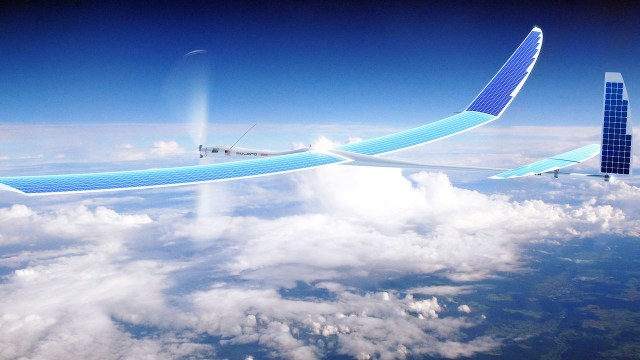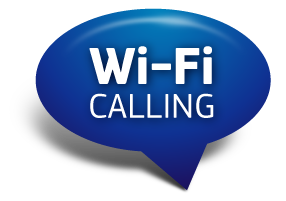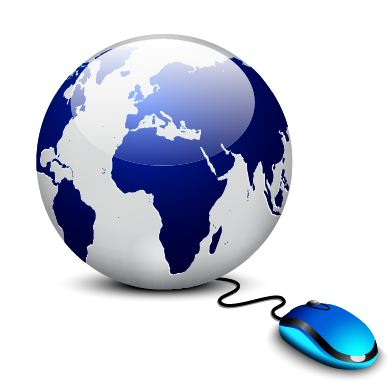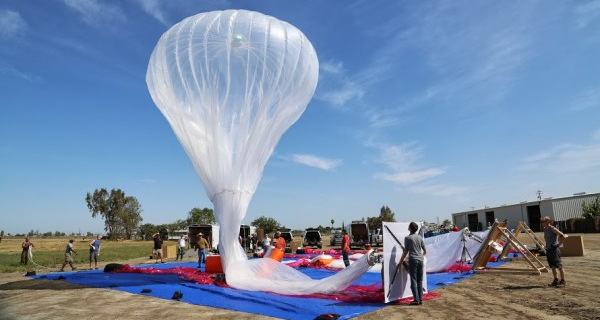Rural Broadband
Tips for Multifamily Providers
Rural communities face a notable dilemma. Internet service providers (ISP) claim fast broadband coverage in remote areas but often fail to deliver. As a result, you struggle to offer efficiency to your staff, residents, and prospects. A few hacks can help you improve your broadband offerings until more permanent solutions arrive. Rural Broadband Setbacks Nearly […]

